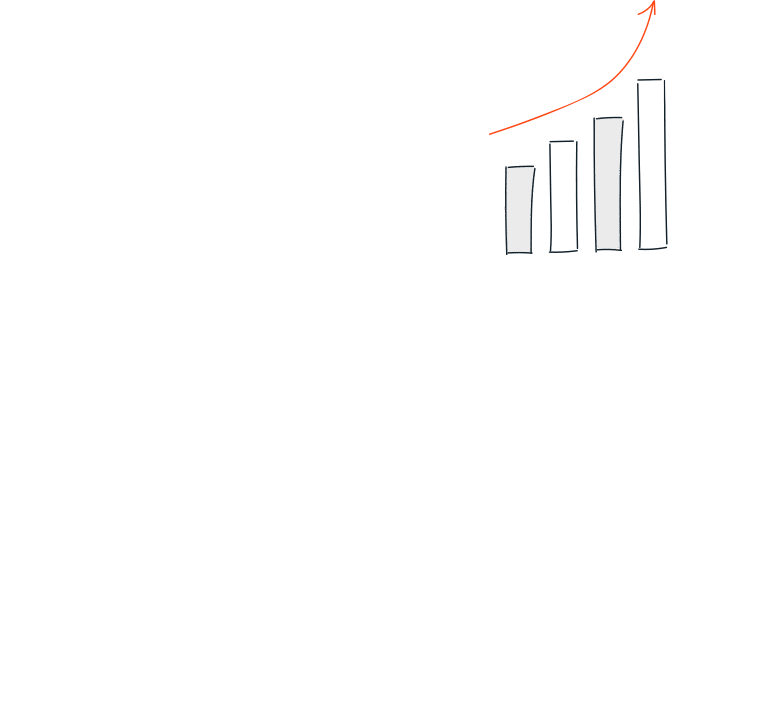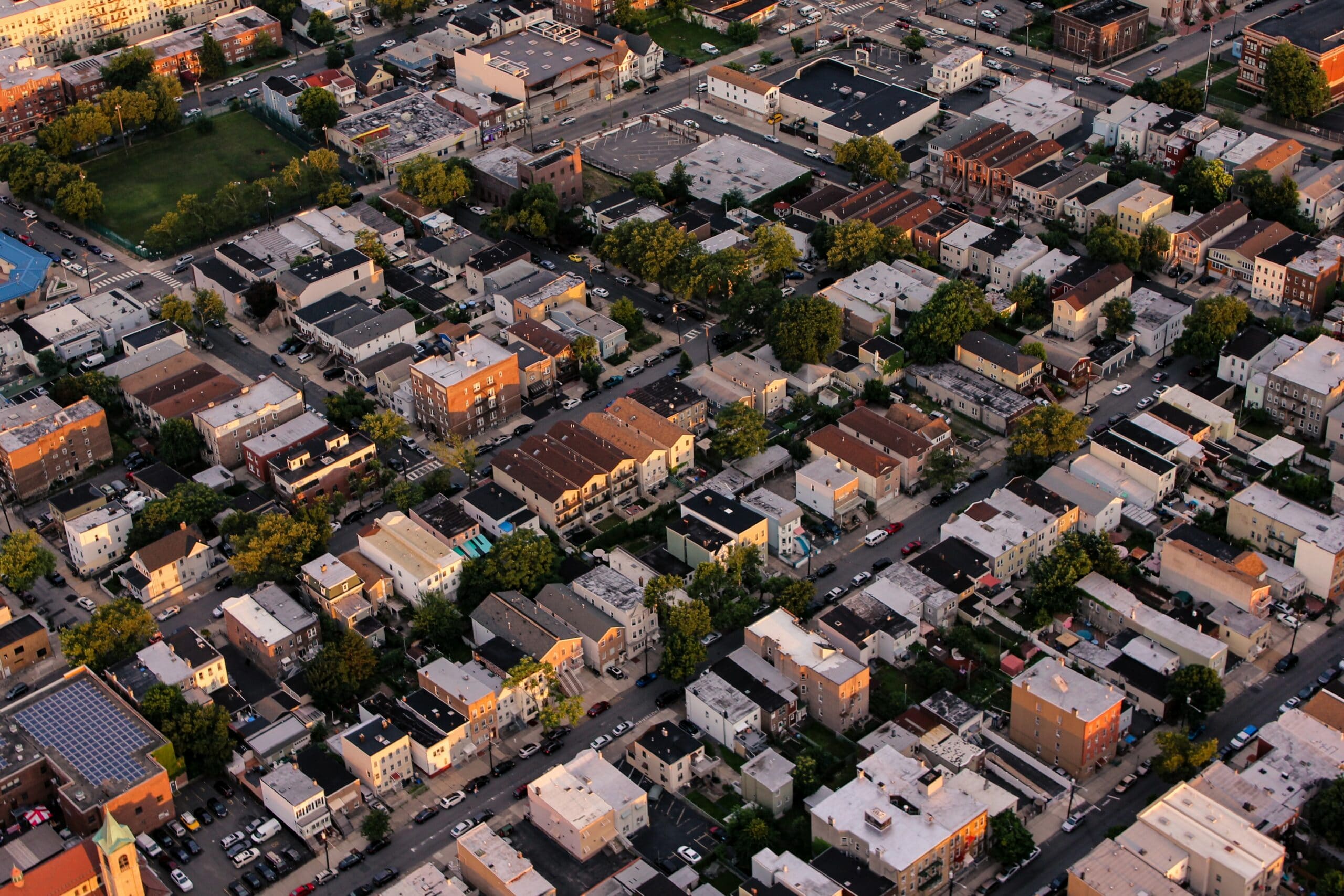




Why Transmission
Matters
Nearly all aspects of modern life depend on a robust and reliable power grid. According to the American Society for Civil Engineers, most of the nation’s current transmission and distribution lines were constructed in the 1950s and 1960s and have a 50-year life expectancy, meaning they have reached or surpassed their intended lifespan. As the electrification of the transportation, heating, and data application sectors significantly increase electricity demand, the U.S. will require modern transmission infrastructure.
What a better grid
means for you
America needs to expand, integrate, and modernize our grid for:
Economic Development & Job Creation
Domestic content of transmission is high, so transmission puts Americans to work.
Improved Security & Reliability
Make the nation less vulnerable to power outages and national security threats
Enhance Global Competition
The construction of and competition for large-scale transmission is accelerating across the globe.
Adoption of Cleaner Energy
America has an abundance of renewable energy resources that transmission can help deliver.
Environmental Justice
Transmission allows older, dirtier generating units to be replaced by remote, clean resources
Lower Electricity Bills
Transmission costs much less than generation, so using transmission to access low-cost generation reduces electric bills.
Job Creation & Economic Development
In the Eastern US alone, expanding and modernizing the transmission grid would unleash up to $7.8 trillion in investment and generate more than 6 million net new jobs, primarily in rural areas. Similar advantages would occur for the West and for interregional and national macro grid transmission.
Transmission creates domestic, good-paying union jobs in the planning and engineering phase, as well as construction and long-term operations and maintenance for lineworkers. The wires you see spanning the country are typically manufactured here in the United States. Analysis by the Brattle Group indicates that domestic content accounts for 82 percent of the total value of transmission investment, with 61 percent of materials, such as towers and transformers, are sourced domestically.
Improved Security & Reliability
The electricity grid’s ability to withstand damage from natural events, systemic failures, cyberattacks, and other stressors is a priority for U.S. national security and for a functioning society. Transmission expansion can relieve line overloading onto existing systems, minimizing grid strain that leaves it vulnerable to extreme weather events or shocks. Long-distance transmission can also enable the development of renewable energy resources over wider geographic areas, making targeted cyberattacks on the grid more difficult to plan and execute.




Global Competition
The construction of and competition for large-scale transmission is accelerating across the globe: China has recently completed five times more high-voltage transmission than Europe, and 80 times more than the U.S. The European Union is planning and building long-distance transmission lines to support the development of offshore wind in the northern seas. Many of the technologies and companies involved in large-scale transmission originate in the U.S., and there is potential to retake leadership in the global industry.


Adoption of Renewable Energy & Reduced Carbon Emissions
America has an abundance of renewable energy resources. Two-thirds of renewable resource potential is located in 15 central states that comprise only one-third of total electricity consumption, while load centers near the East and West coasts consume the other two-thirds. Transmission is needed to deliver clean energy to population centers. Studies show that transmission capacity needs to increase by 2 to 3 times today’s delivery capacity to transition to a decarbonized energy system.
Environmental Justice
Many of the most polluting power plants are located in economically disadvantaged communities. Transmission allows older, dirtier generating units that are located near environmental justice communities to be replaced by remote, clean resources. Transmission combined with renewable energy enables near-elimination of harmful air pollutants, including sulfur dioxide, nitrogen oxides, and particulate matter which cause asthma and other public health problems.


Cost Savings
Building bigger transmission saves consumers money. Large-scale transmission combined with the buildout of renewable energy would cut consumer electric bills by over $100 billion cumulatively and decreases the average electric bill rate by more than one-third, from over 9 cents per kilowatt-hour (kWh) today to around 6 cents per kWh by 2050, saving a typical household more than $300 per year.
Examples of Successful Transmission



